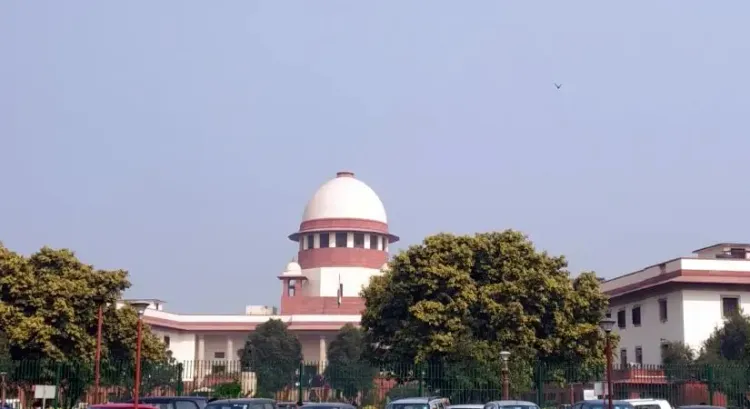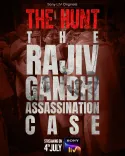Why Did the SC Grant Interim Relief to a Kerala Journalist?

Synopsis
Key Takeaways
- Supreme Court grants interim relief to Kerala journalist.
- Allegations involve a YouTube video against a politician.
- Case highlights freedom of expression issues.
- Prosecution claims use of derogatory language.
- Next hearing set for August 5.
New Delhi, June 18 (NationPress) The Supreme Court has provided interim relief to a journalist from Kerala, who faced legal action due to a YouTube video purportedly insulting the dignity and harming the reputation of a notable female politician.
A Bench comprising Justices Sandeep Mehta and Prasanna B Varale was reviewing a special leave petition (SLP) submitted by journalist Nandakumar T.P. against the Kerala High Court's decision to reject his anticipatory bail application.
In response to Nandakumar's SLP for pre-arrest bail, the Justice Mehta-led Bench mandated that if the petitioner is arrested, he will be granted bail but must continue to assist with the police investigation.
According to the computerized case status, the matter is provisionally scheduled for further proceedings on August 5.
The prosecution claims that Nandakumar released a video targeting the complainant, a prominent female politician, on his YouTube channel 'Crime Online,' utilizing derogatory and threatening language, along with sexually charged remarks.
An FIR was filed against the petitioner under Sections 75(1)(iv), 79, and 351(1)(2) of the BNSS (Bharatiya Nyaya Sanhita), 2023, as well as Section 67 of the Information Technology Act, 2000.
The SLP argues that the police have not provided any notice to Nandakumar, which is a requirement under BNSS, 2023. It asserts that the petitioner did not employ any sexually explicit language, gestures, or visuals in the YouTube video, and there is a total lack of any expression or action that could be interpreted as intending to outrage the modesty of women.
“The petitioner is not responsible for the alleged sexually charged or defamatory statements in question, and the complaint fails to meet the necessary components of Sections 75(i)(iv), 79, and 351(1)(2) of the BNS Act 2023 and Section 67 of the IT Act 2000,” stated the petition filed through attorney Aswathi M.K.
Furthermore, it highlights that the complainant, Sindhu Joy, has been residing in the UK for several years, is a former politician of the Communist Party of India-Marxist—Kerala's ruling party—and after leaving CPI-M, she transitioned to the Congress party.
“The petitioner has been wrongfully implicated in this case without any shred of evidence. Even if all allegations are taken at face value, no crime has been established against the petitioner. The prosecution must substantiate its case with oral evidence, making custodial interrogation unnecessary,” argued the SLP.









